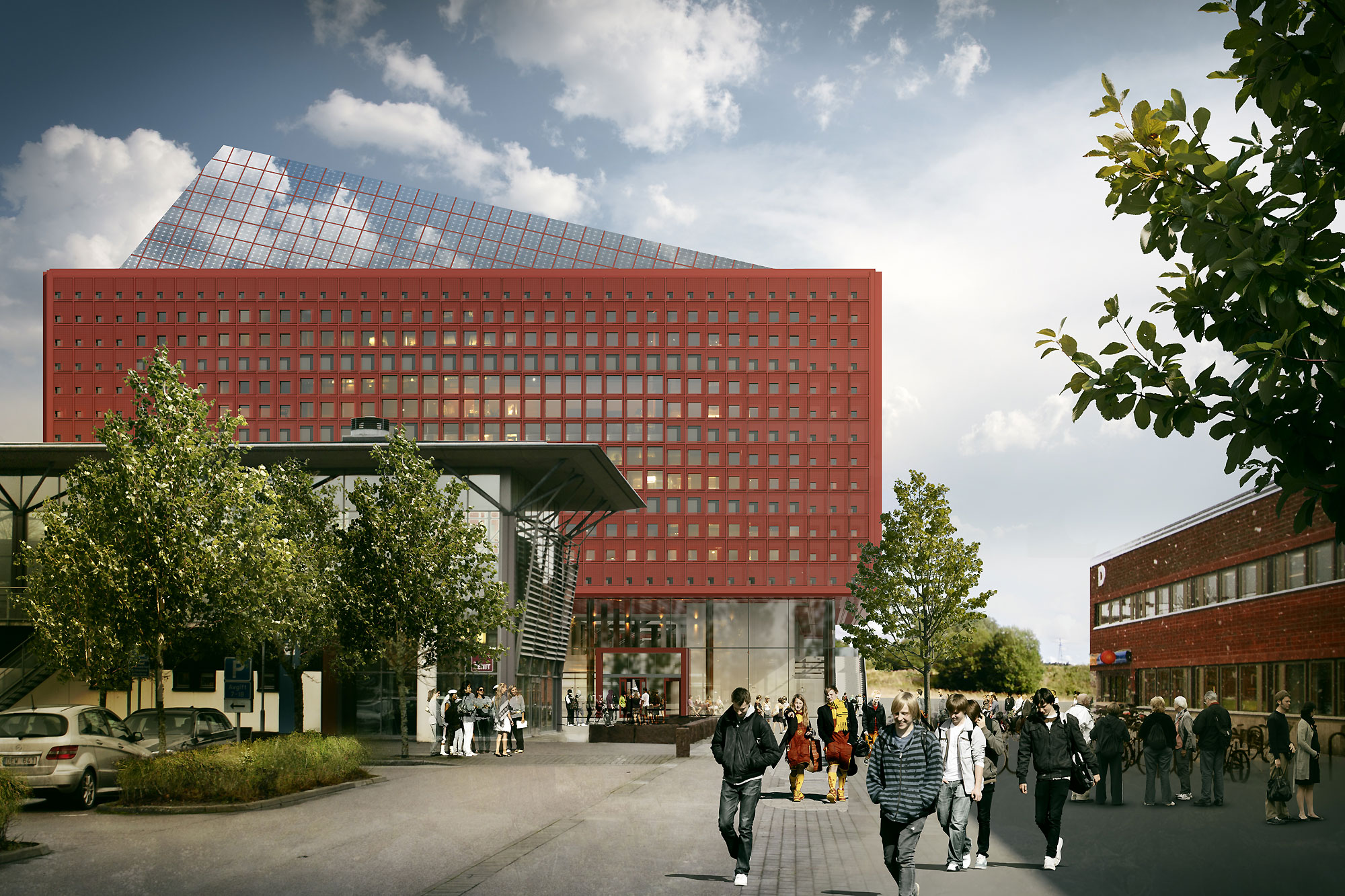LiU (Linköping University) conducts research connected by ACTIA
ACTIA donated its latest generation telematics platform, ACU6, to Linköping University. Alongside a scholarship program, is it meant to be used freely in various research projects and help grow competence and spark innovation.

- We, just like many other growing technology companies, need competence. But we can also contribute to the growth of competence ourselves and ensure that more people who are familiar with connectivity technology are examined. That's why we got the idea to donate our platform ACU6 to LiU. The idea is that it should be able to be used freely in their various research projects, says Christian Sahlén, CEO of ACTIA.
The ACU6 platform is a versatile product that can be implemented in a variety of products. Among ACTIA's customers are manufacturers of everything from super sports cars to electric motorcycles and refrigerated containers for vaccine transport. ACU6 makes it possible, among other things, to collect data and remotely control technology, all over the world. Digitization and connectivity are important elements even in research today, but universities are often limited by technology.
- Other solutions, such as Arduino or Raspberry Pi, need to be built and specially adapted from scratch, but still only provide limited functionality. You can get started with ACU6 immediately. It is tested, can handle tough environments, has an IP rating and can be easily tailored to the current research project, continues Christian Sahlén.
Scholarship should attract more researchers
ACU6 will be able to be used in several of LiU's ongoing research projects, including noise measurement at airports, measurement of methane gas content in lakes and remote control of drones. So far, ACTIA has donated six complete development kits to LiU, but the goal is for more researchers and students to open their eyes to the possibilities. Therefore, an annual student scholarship has also been established, which will be awarded to the projects that get the most out of the technology.
- For us at LiU, the possibilities are great, not the least of which is that the donation enables us to let students work with units that are used extensively in industry. The technology can then be used in many research fields, the great value is that we don't have to spend time creating connectivity solutions from scratch, says Michael Hörnquist, professor at the Department of Technology and Natural Sciences at Linköping University, campus Norrköping.